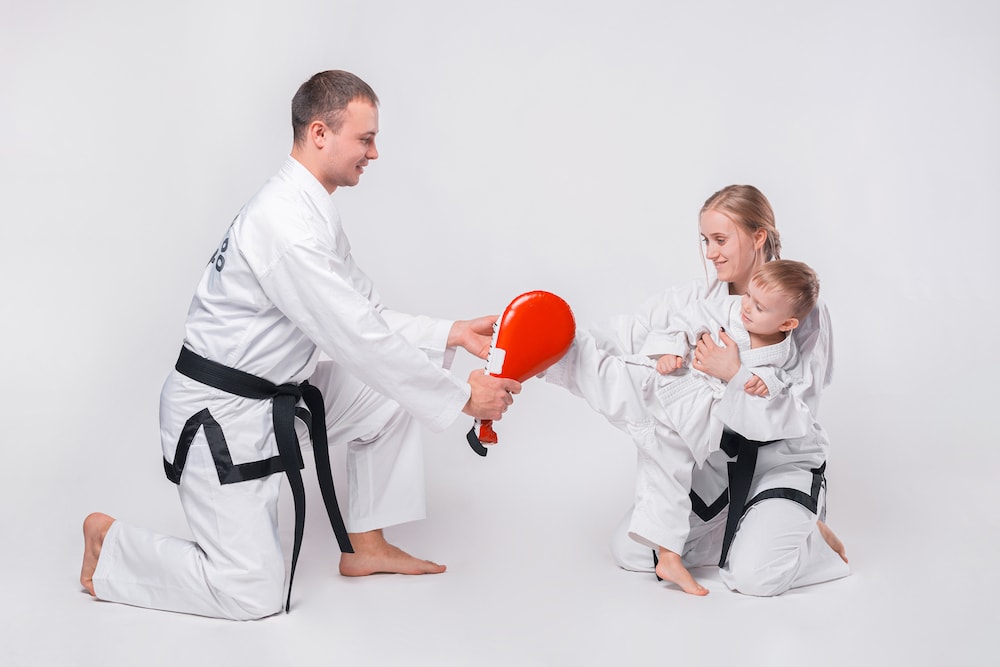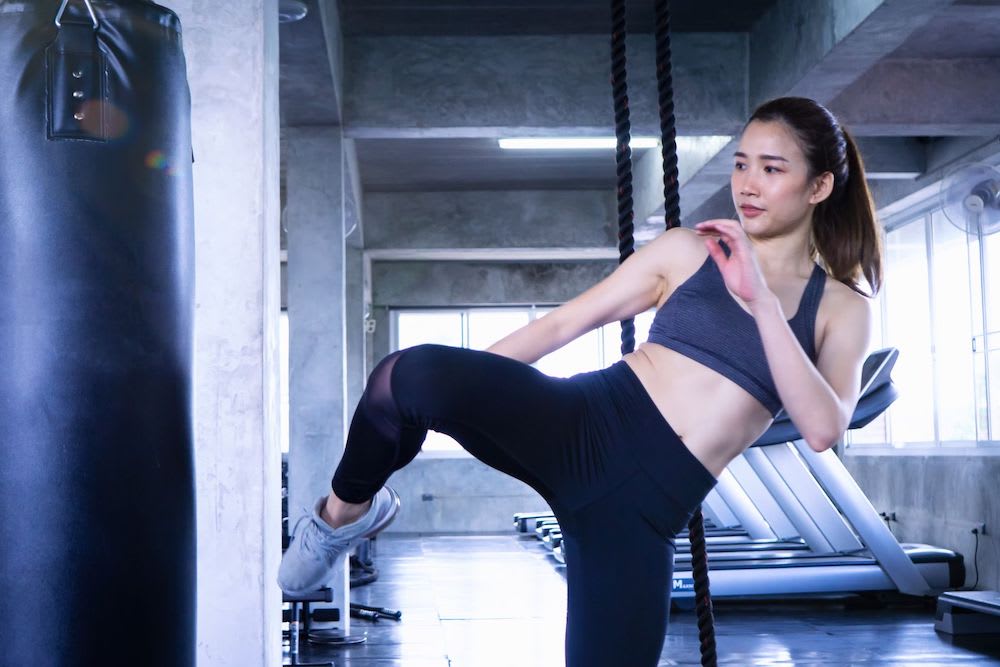I've been training with Sensei Ramin for about 6mo now and it's been a fantastic time and has helped me in more ways than one. Getting into my mid 30s I realised I was getting far too sedentary, infle...
Read More
At The Powerhouse, we take the modern approach to Kids Martial Arts with self-defense and fitness training that is consistently fun and exciting for children of all experience levels. The positive approach of our instructors motivates children in Central Vancouver to work hard and be the best version of themselves.

Our Adult Martial Arts program offers comprehensive, newcomer-friendly training by some of the best martial artists in Central Vancouver. In our classes, you will learn to hone your mind and body to become a master of yourself and your safety. No matter your experience level, The Powerhouse invites you to start your path to self-defense today!

Do you enjoy the thought of competition? Look no further than The Powerhouse. Train with champions and be a part of our expert Sport Karate team! Learn new techniques and buff up your existing repertoire. We invite people from all over Central Vancouver to train with us. Learn more today!

Our Family Martial Arts classes offer fundamental martial arts training and an incredible way for you and your loved ones to bond. This class is great for people all across Central Vancouver. No prior experience is required.

Our kickboxing program will give you the opportunity to torch calories and get that lean, toned look in no time. Get started with the best workout in Central Vancouver and see results faster than ever! Kickboxing provides a fun, high-energy, dynamic workout that's great for anyone.

Self-defense and karate for all of the Vancouver community!. Join us for one of our specialty events to get high-quality training from certified masters of karate.
Our classes at The Powerhouse are led by a team of certified black belts, trained not only in Karate, but also in a number of valuable life skills that separates it from the typical Karate school, highlighting the mental aspect of karate.
We pride ourselves in our Training System that we’ve developed through the years with a lot of trial and error that has resulted in programs that work well for different ages and fitness levels.
Phone:
604-812-3656
Address:
3140 Ash Street
Vancouver, British Columbia
V7N 3Z8
Email:
dojostudentservice@gmail.com

I've been training with Sensei Ramin for about 6mo now and it's been a fantastic time and has helped me in more ways than one. Getting into my mid 30s I realised I was getting far too sedentary, inflexible, and was getting headaches way too often from being generally tense. Since starting training, my flexibility, mobility, and general body condition are the best they've ever been, and I now rarely get headaches. A night and day change; I only wish I could train more often.

Sensei Ramin is great with kids. He's able to instill discipline and respect in a setting that's fun, something that my 5 year old enjoys! Which is not easy to do :) The work ethic my son's developing is much appreciated.

I've been training at the Powerhouse for over a year and I absolutely love training here. I have experienced Karate in other dojos but nothing quite compares to what Sensei Ramin does at the Powerhouse. Training is tailored to each person's level and we receive individual feedback on things to improve, training is fun and well organized. Sensei Ramin is very passionate about Karate and that translates into a fantastic experience for us students, propelling us forward as well. If you're ever curious about martial arts, I would 100% recommend The Powerhouse to you.